RIPE Atlas provides a view of 128.0.0.0/16 from the data plane. Can packets actually get there and back? Please find the results in this article.
Update: de-bogonising of the 128/16 prefix has been stopped on 9 July 2012. Therefore these measurements have been stopped as well, and there won't be any more updates to these graphs.
In The Curious Case of 128.0/16 , we looked at three ways to get a rough estimate on how much filtering of 128.0.0.0/16 is going on on the Internet. This time we're looking at what we can see when looking at RIPE Atlas data.
Ping Measurements
When de-bogonising address space, we have traditionally only looked at the routing plane. We have asked ourselves "How many Routing Information Service (RIS) peers are advertising a route?" We have also provided pingable targets so that each of you could check your own data plane connectivity and answer the question "Can I actually get packets to this address space and back?". However, we were unable to measure the data plane continuously and answer the question "How many ASes or prefixes can actually get packets to this address space?"
Now that RIPE Atlas has reached more than a thousand active probes, we are a significant step closer to answering this question. Of course we do not have a probe in each prefix and not even in each Autonomous System. But we do have probes in more than 1000 locations and we can do reliable and continuous measurements from them. We now have configured all RIPE Atlas probes to ping our target hosts in 128.0.0.0/16 once every hour. Pinging consists of sending three ICMP echo requests in short succession. The results per probe are summarised in the graph below (click on the image to enlarge it):
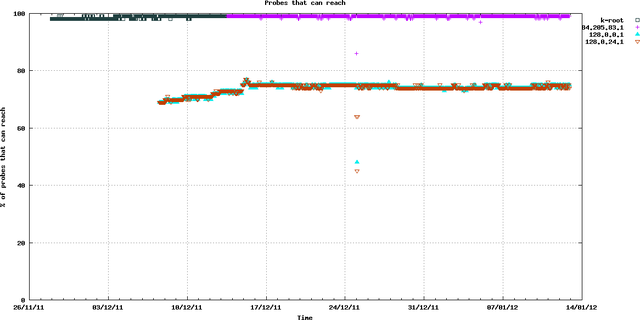
At this time around 70% of the RIPE Atlas probes can reach 128.0/16 and there seems to be no difference betweeen the /21 and /24 prefixes. There is also an encouraging but slight upward trend. We use k.root-servers.net as a control and it is reachable practically 100%. We realise that we should use the RIS anchor prefix for better comparison and we will, once we have scheduled that measurement and collected sufficient data. An automatically updated version of this graph is available at http://albatross.ripe.net/128-probe-measurements/index.html .
RIPE Atlas Map
You can also see the most recent measurement of 128.0/8 connectivity presented in a geographic way. The maps below show the reachability of 128.0.0.1 and 128.0.24.1 from each active RIPE Atlas probe. You can see the full maps by clicking on the images.
 Figure 2: Reachability of 128.0.0.1 from each RIPE Atlas probe (green= true; red= false)
Figure 2: Reachability of 128.0.0.1 from each RIPE Atlas probe (green= true; red= false)
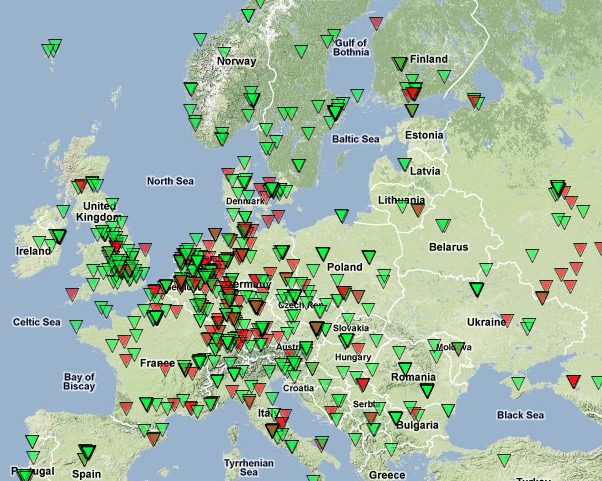
Traceroute Measurements
Finally we are also performing traceroute measurements from the more than 1000 active RIPE Atlas probes. We set up a table that lists the IP addresses and AS numbers of the last responding hops from unsuccessful traceroutes to 128.0.0.0/16 prefixes. The operators of these routers and ASes are the ones that should investigate this further. If 'you' are on this list, please do so.
If anyone is interested in the raw data used for this analysis, please contact me and I will make it available under the appropriate privacy restrictions.
Of course we do not have enough RIPE Atlas probes to consider this data fully representative of all autonomous systems in the RIPE NCC service region. However, it is a first step. Never before did we have such a comprehensive, repeatable and timely insight into the packet plane for the purpose of de-bogonising. You can judge yourself how representative RIPE Atlas coverage is by looking at our maps and by looking at our list of prefixes and ASes . Please note that this is still under development. We will increase the functionality of this page and will publish another article on RIPE Labs.
Looking at de-bogonising from the packet plane is but one of the new things RIPE Atlas can do. To me it strongly suggests that we should deploy more RIPE Atlas probes quickly.

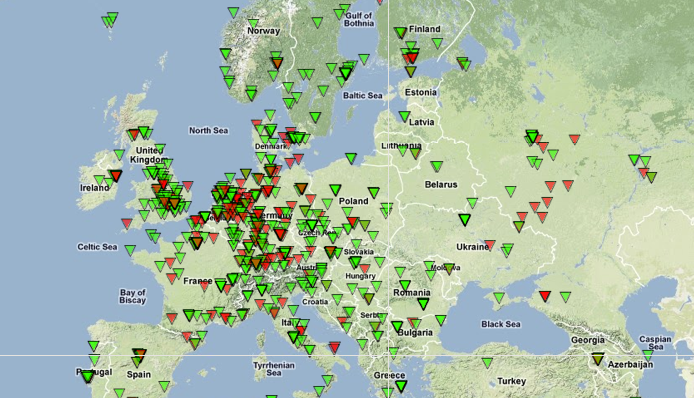


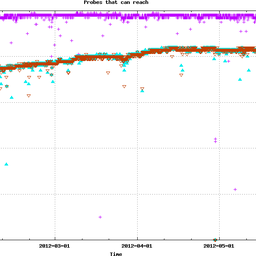


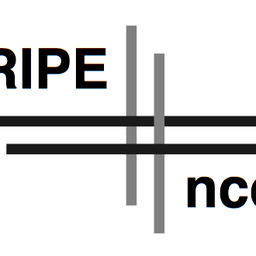
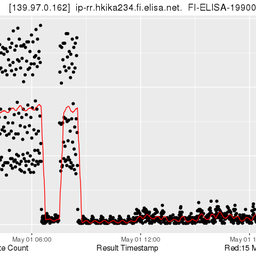
Comments 1
The comments section is closed for articles published more than a year ago. If you'd like to inform us of any issues, please contact us.
Stéphane Bortzmeyer •
Note that pinging 128.0.0.1 _underestimates_ the problem. If an access provider has two transits, one with a proper configuration of routers and another not, pinging will work, hiding the fact that multihoming will not be enabled for 128.0.0.0/16.